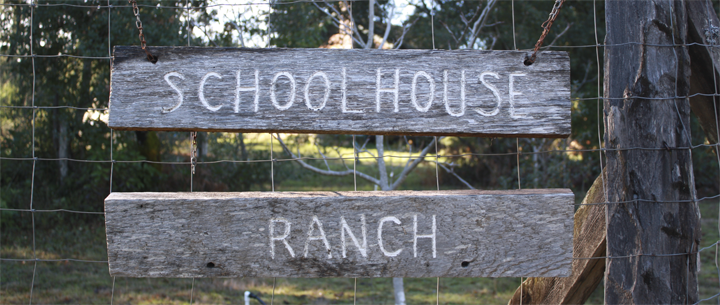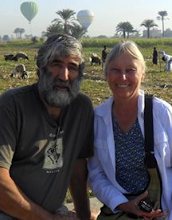Did I tell you about a typical Israeli breakfast? Eggs, usually a plain omelet, chopped salad with tomatoes, cucumbers and lettuce, hummus, tahini, egg salad, eggplant purée, olives, tuna fish, and of course, if you really want, cereal and yogurt or milk. Well fortified, we were off to do some exploring on our own and to get our guided tour of the tunnel that hugs the western wall. After the second temple was destroyed around 70 C.E., the
Ark of the Covenant was hidden (supposedly in a tunnel under the temple mount), though no trace remains of either the
1st or 2nd Temple. Over the centuries, houses and buildings were built right up to the western wall. Jews by tradition believe that part of the
western wall comes closest to the Holy of Holies, the Ark of The Covenant. (called the wailing wall, not just because people cry here, but the wall weeps water) . Eventually archeologists dug the tunnel to see if the rest of the wall had been destroyed, but it still stands, all the way down to the bedrock of the mountain. We took a tour of the tunnel - a place to be even closer to the holy of the holies and not forbidden to women. In fact, today only women were in the tunnel praying at the point believed to be closest to where the ark would have been. By the western wall men and women are separated and women who want to pray at the wall with their male family, stand on chairs by the wall dividing the male side from the female side. A separation with which many Jews, including myself, disagree.
 |
Written prayers left at the wall
|
We wandered around the markets of the old city and as always, I am enchanted by the vibrancy and color, from scarves and trinkets to spices.
As you can see from the spice tower photo, we are in the Arab section of the old city. And notice the lack of clothing and color choices for Muslim women. Though we did see many young girls dressed in bright colors of clothing and head scarves.
Olives anyone? I wish we had this kind of selection here.
After our tunnel excursion, we attempted to find yesterdays restaurant and were finally successful, after much retracing of footsteps. But as we wandered around, a shopkeeper suggested (after seeing us several times) that we might like to go up on the roofs and pointed to a staircase. Up we went and we were on top on the homes and shops of the old city and there discovered byways and shortcuts for the residents of the city, mostly young Jewish Torah scholars. That was magical, to see the real energy and people of that old city, hidden away mostly from tourists like us.








Yes- my BIL grew up in the Armenian section of Jerusalem and has many stories about sleeping on the roof in the heat of summer, and doing 'boy mischief' over the sides! Glad you weren't under that building.
ReplyDelete